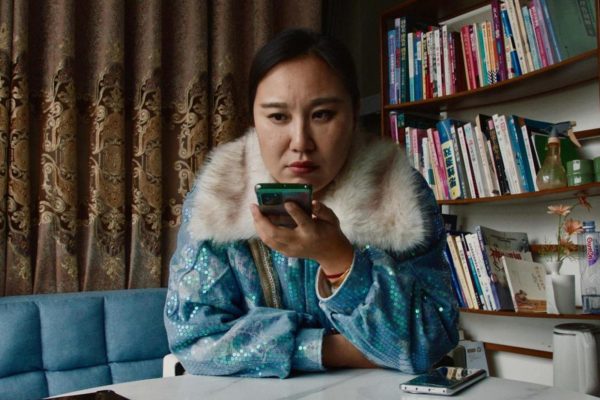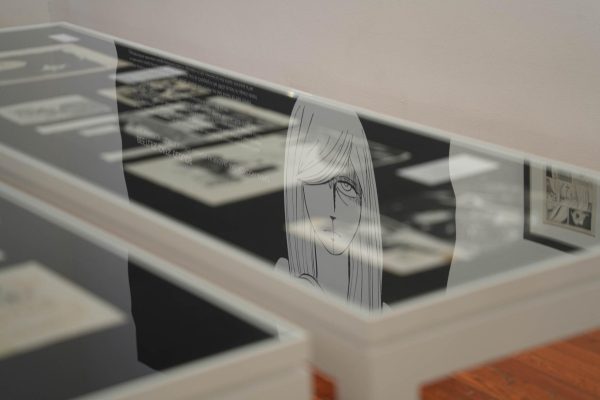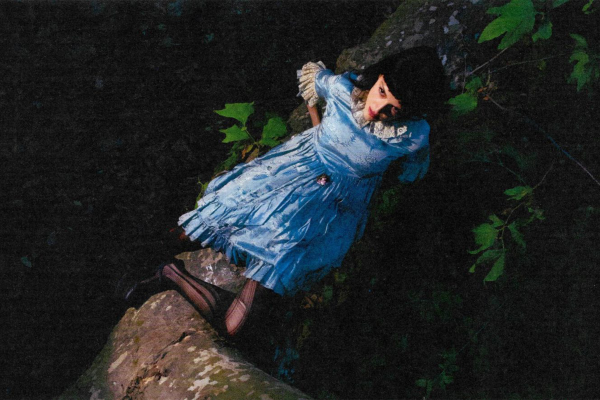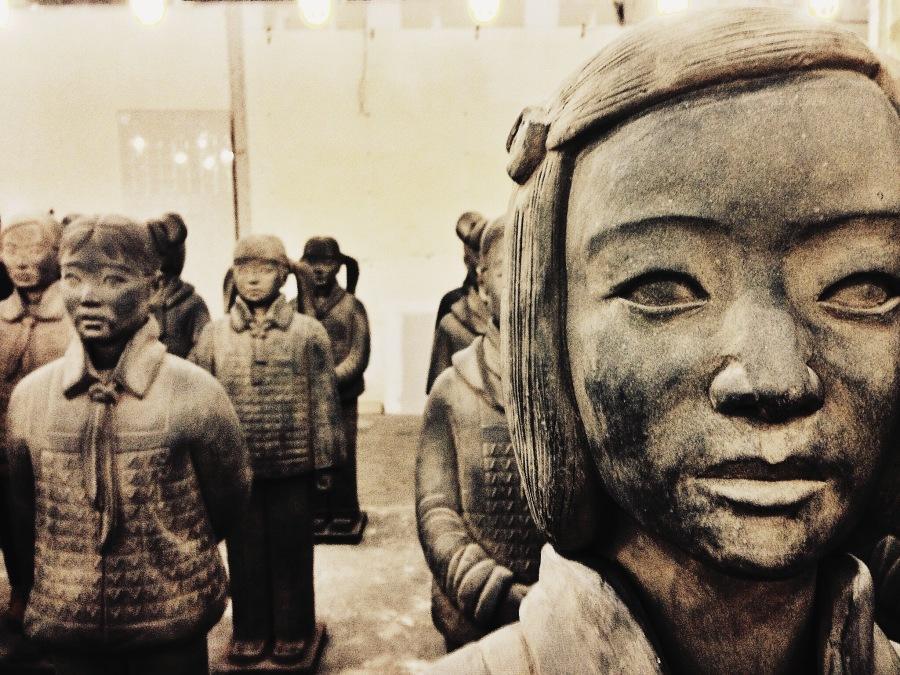Artist addresses Chinese gender issues
Related Stories
Although young French artist Prune Nourry has worked to bring attention to gender imbalance in India in the past, her newest work focuses on how the same issue exists in China. “Terracotta Daughters,” currently on view at the China Institute and done in partnership with the French Institute Alliance Française, reflects on gender selection and the preference for the male child in China. The one-child policy and traditional bias toward men has caused a surplus of men, making the imbalance and inequality of genders a serious issue for Chinese women and girls.
Previously exhibited in Shanghai, Paris and Zurich, “Terracotta Daughters” will travel to Mexico City before heading back to Xi’an to be buried, mirroring the original Terracotta Warriors and Horses, a collection of male warrior sculptures that were buried around 210 B.C. “Terracotta Daughters” will be excavated in 2030 when the demographic imbalance is projected to be at its peak.
The word warrior brings to mind images of masculinity, violence and wartime. Rather than rows of men bearing swords and shields, 108 life-sized sculptures of young Chinese girls stand in the center of the open white gallery space of the China Institute. Incandescent light bulbs heighten the chiaroscuro effect by accentuating every detail, imprint and smudge on the sculptures.
After signing a release form, visitors can interact with the daughters themselves by walking in, around and between each statue. Viewers are given the chance to analyze each facial feature up close, allowing them to notice subtle differences between eye size, nose structure and hair placement. Each daughter is dressed in a warrior vest and the notable red scarf of the Young Pioneers in China.
To prepare for this project, Nourry collaborated with local Chinese craftsmen to learn the ancestral techniques used to make replicas of the warriors sold to tourists. In Chinese culture, the number eight is connected with success, which inspired Nourry to first sculpt eight prototypes modeled after eight orphan girls. Afterward, craftsmen combined the molds and created 100 other terracotta daughters. Nourry enlisted the help of one of the craftsmen, Wen Xian Feng, to individualize each sculpture by making each set of facial features unique.
The exhibition is not limited to the terracotta statues — it also features a film documenting the whole process of making the sculptures and a series of bronze heads and miniature clay sculptures adorned with acupuncture needles. Nourry focuses on the demographic issues in China by reappropriating the acupuncture needles to suggest imbalance rather than the ancient Chinese philosophy of balance.
“Terracotta Daughters” is a refreshing take and interpretation of ancient Chinese culture and ways of thinking. Nourry is able to simultaneously revere Chinese art and call attention to the pressing issue of gender discrimination that persists in China today.
“Terracotta Daughters” is on view at the China Institute until Oct. 4.
A version of this article appeared in the Thursday, Sept. 18 print edition. Email Stephanie Cheng at [email protected].

































































































































































